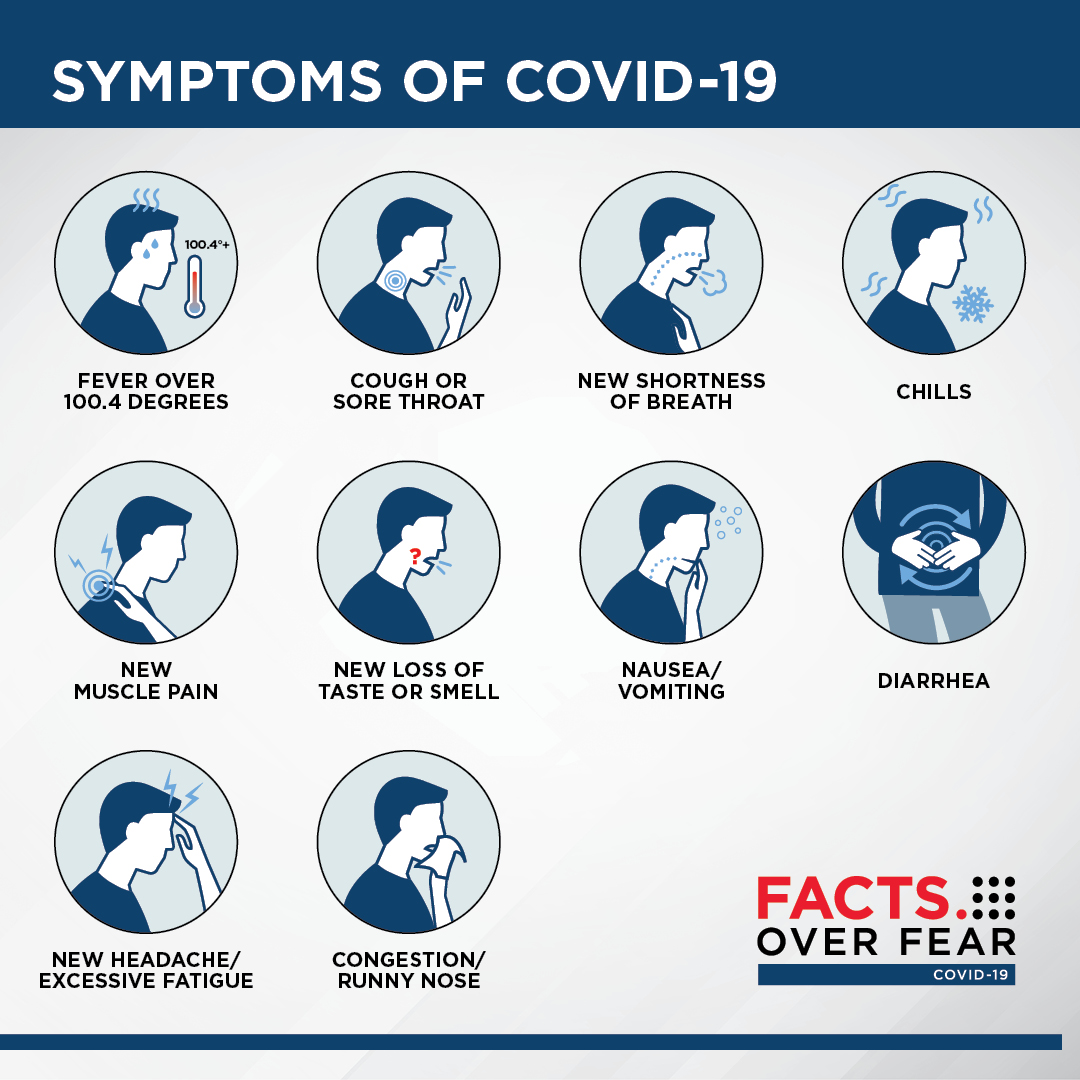
It's important to consider the potential widening of health, social and economic inequalities in society because of this, as often the higher paid jobs are more flexible in terms of hours and location of work. This is likely to make return to a fixed pattern of work difficult, particularly in the absence of job flexibility. Long COVID symptoms are often fluctuating or episodic, making it tricky to recognize recovery, which can be confused with remission (disappearance of symptoms for a length of time). For example, they might need to reduce their working hours to provide care and support for loved ones, but there's limited research on this at present. It's also possible that the working capacity of family members of people with long COVID is affected. For example, we were unable to assess the effect on working hours due to lack of data.īut research by the Institute for Fiscal Studies suggested that long COVID may have resulted in the loss of 4.4 million working hours per week in the UK.Īnother analysis incorporating data from the understanding society study estimated that cumulatively, 80,000 people in the UK had left employment due to long COVID by March 2022.
#Covid headache full
It's worth noting that our analysis probably doesn't reflect the full range of employment-related consequences of long COVID. This represents 0.5% of total economic inactivity in the working-age population of non-students during the same period. Half a million more working-age adults were out of employment primarily due to ill health in mid-2022 compared with 2019.īased on prevalence estimates of long COVID, considered with the calculations we set out above and excluding retirement, we estimate the number of working-age, non-students in the UK who were inactive because of long COVID symptoms was 27,000 in July 2022. It might also suggest participants with the most severe illness had already left employment by seven months after an infection, and therefore were no longer in our sample.Įconomic inactivity rates in the UK have risen during the pandemic. This may reflect people returning to work (with or without persistent symptoms) upon completing the 28-week statutory sick pay period. However, this increased likelihood didn't persist for people still reporting long COVID beyond seven months after an infection. We also saw that among people in employment, those reporting long COVID four to seven months after first having COVID were over 40% more likely to be absent from work for at least four weeks compared with pre-infection. This relationship was strongest for people aged 50 to 64, where higher odds of inactivity compared with pre-infection peaked at a 71% increase among those reporting long COVID seven to nine months post-infection. For those reporting long COVID seven to 12 months after an initial COVID infection, the odds of being out of employment and not looking for work (excluding due to retirement) were roughly 40% higher compared with the period before having COVID. The people in our sample were working-age adults, excluding anyone in full-time education. This allowed us to evaluate labor market status both before and after COVID infection, rather than making comparisons between different people at one point in time. Importantly, the coronavirus infection survey data provided access to monthly measurements taken from the same people. We aimed to explore the relationship between long COVID and being out of employment while not looking for work (economic inactivity), or long-term absence while in employment. This survey was conducted by the ONS and included questions on long COVID from February 2021 until March 2023, comprising a large, randomly selected sample of UK households. Our analysis, published by the ONS, considers data collected from 206,000 respondents to the coronavirus infection survey. We analyzed data from the Office for National Statistics (ONS) to assess the situation in the UK, and similarly found long COVID to be strongly associated with being out of work.Įconomic inactivity and long-term absence

For example, US research found long COVID was associated with 23% higher odds of being unemployed and 16% lower odds of working full-time (25% for those with cognitive symptoms).

Studies from multiple countries have found that long COVID is linked to an increased likelihood of not working. People with long COVID also have a higher risk of developing serious heart and lung problems, stroke and blood clots compared to those who have not previously been diagnosed with COVID. Common symptoms include fatigue, breathlessness, muscle and joint pain, cognitive impairment and sleep disruption.


 0 kommentar(er)
0 kommentar(er)
